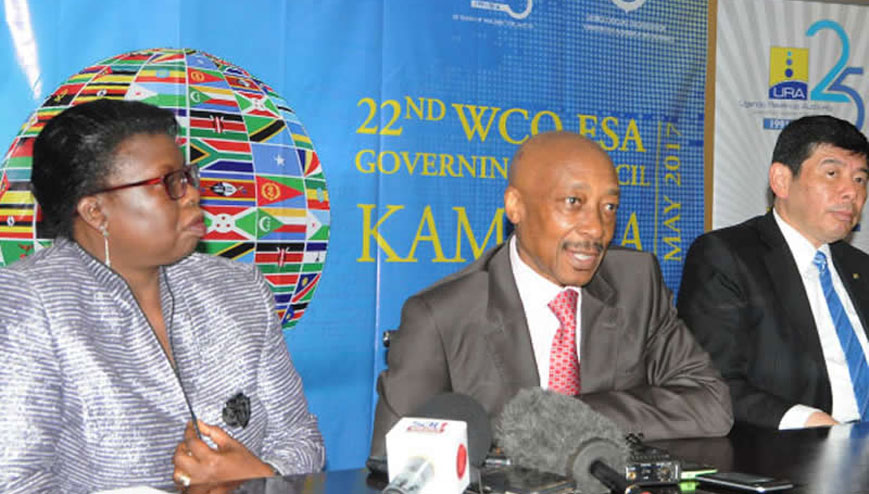On 1st May 2017, President Museveni was in Paliisa District for Labour Day celebrations. On the 2nd May 2017, he officially opened the ACOA 2017 Accountants’ conference at Speke Resort Munyonyo. If goods moved around the region with as much urgency as President Museveni, African economies would be reaping off.
KunioMirukiya, the secretary general of World Customs Organisation Africa notes that “infrastructure and borders systems are key in facilitating movement of goods and people. Customs should coordinate border management, have one stop border post or a single window and more security by collaboration is what Africa should be looking at.” He made the remarks during the 22nd World Customs Organisation East and South Africa Council governing meeting in Kampala on 12th May 2017.
Africa needs to trade more with itself. Local markets should be the first point of sale for indigenous manufactured goods if African economies are to improve revenue collections and enhance job creation.
However, statistics show a grimy face. The bulk of the Africa’s trade is with Europe and America: only 12% is with its own countries, according to research by Ecobank, a Togo-based bank. By comparison 60% of Europe’s trade is with its own continent. The same is true in Asia.
Africa needs to trade more with itself. Local markets should be the first point of sale for indigenous manufactured goods if African economies are to improve revenue collections and enhance job creation.
Africa’s trade looks all the more meagre given that many of its countries are landlocked; so much of what crosses its internal borders is on its way to or from other continents. African market remains highly fragmented.
Poor infrastructure is one reason for Africa’s sclerotic trade. The continent’s multiple trade agreements are another hindrance. Africa has 14 different trading blocs with overlapping members. Most countries belong to at least two blocs. Many belong to three. Yet traders find a way around such barriers.
Many other goods move across borders but elude the customs inspectors who record official trade flows. There are informal trade routes that are well established. Somali traders based in the Eastleigh area of Kenya’s capital, Nairobi, (known as “Little Mogadishu”) import rice, sugar and consumer goods into Dubai, tax-free, and then distribute them around east Africa. There is a similar dodge in West Africa. Imports are shipped into Benin and Togo and spirited across borders to consumers in neighbouring.









